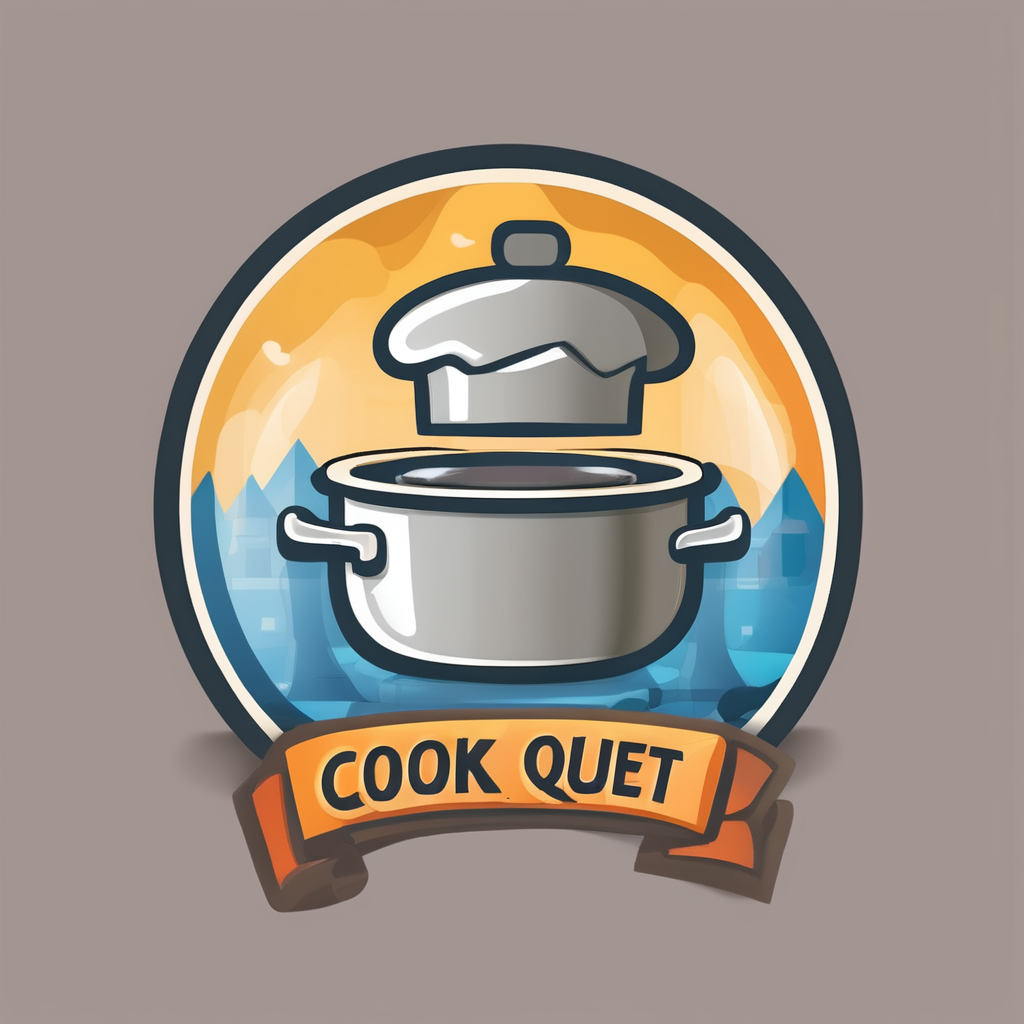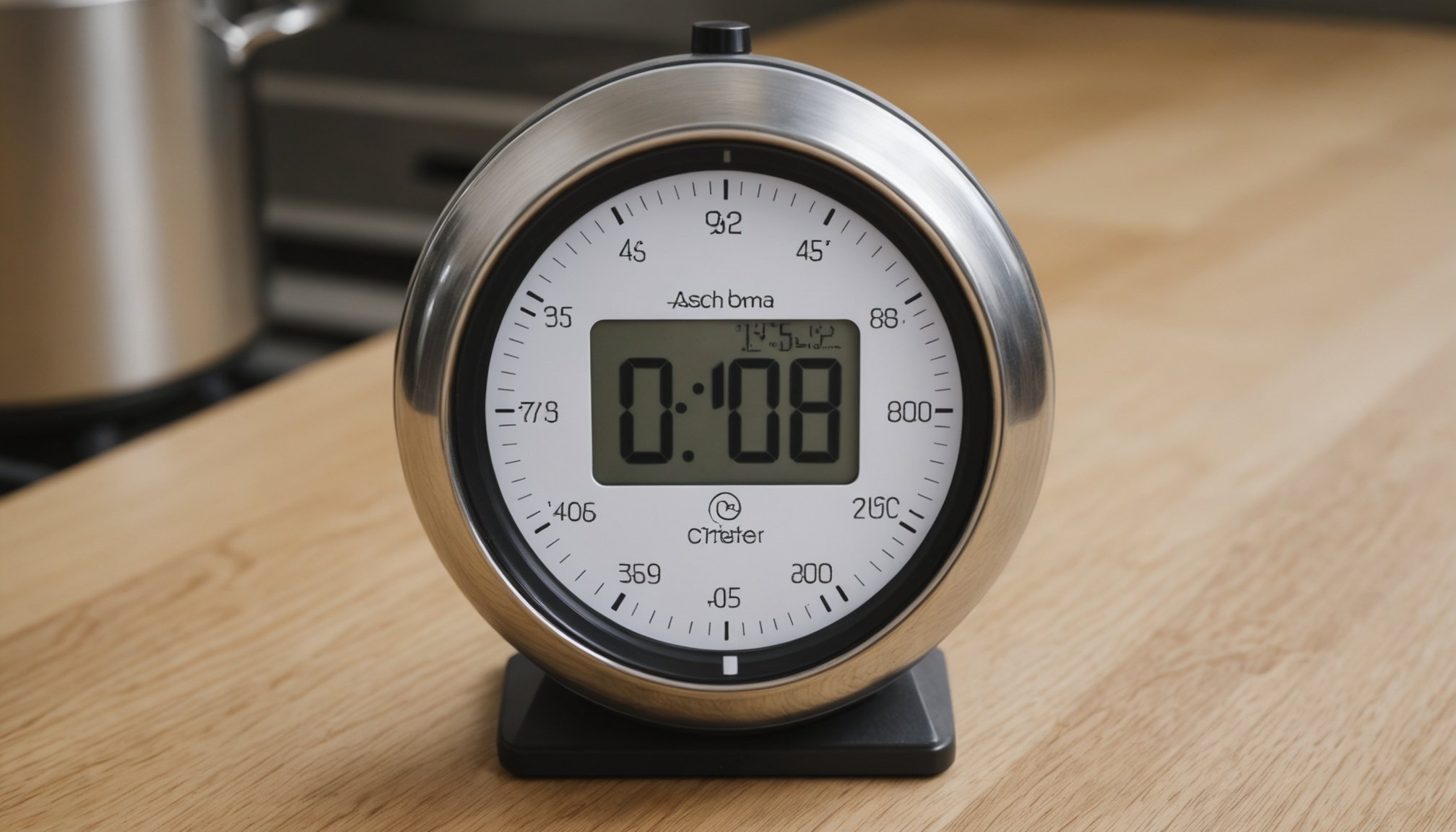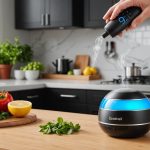The kitchen, a bustling hub of activity and creativity, can often present a formidable challenge for people with visual impairments. Among the myriad of appliances and gadgets that fill a kitchen, the humble timer stands as an essential tool. It measures time, ensuring that meals are cooked to perfection. But, how accessible is this device for those with low vision or those who are blind? The need for a visually accessible kitchen timer is paramount. This article will explore the key features that make a kitchen timer visually accessible for the visually impaired.
Tactile Features are Essential
A kitchen timer that has tactile features is a boon for users with low vision or those who are blind. Tactile features, such as raised buttons or dials, provide physical cues that aid in the identification and operation of the device. A raised start/stop button or a dial that clicks into place when turned can make a world of difference for someone who cannot rely on their vision to operate the device.
Also read : Which Type of Ceramic Knife Sharpener Is Best for Japanese Knives?
The addition of braille on a kitchen timer further enhances its accessibility. Braille, the tactile writing system used by people who are blind or have low vision, can denote the key functions of the timer. Having braille labels for the start, stop, and reset functions of a timer can significantly improve its usability for those who read braille.
Large Display and High Contrast are Crucial
For individuals with low vision, a large display on a kitchen timer can greatly aid in its usability. The larger the display, the larger the numbers, making it easier for someone with low vision to see the time. The display should ideally be digital for maximum clarity.
Have you seen this : Must-have food processor accessories for effortless cooking
High contrast between the numbers and the background of the display is another key feature. A display with black numbers on a white background or vice versa can make the numbers stand out more, making them easier to read for someone with low vision. It may seem like a minor detail, but it is one that can significantly impact the usability of a kitchen timer for those with low vision.
The Value of a Talking Timer
A talking kitchen timer is particularly beneficial for those who are blind or have very low vision. This type of timer announces the time at set intervals or whenever a button is pressed. It will also verbally indicate when the time is up. These verbal cues make the timer accessible and easy to use for those who cannot see the display.
A talking timer can also have adjustable volume settings, catering to those with varying levels of hearing. Some models even offer the option to choose between a male or female voice for the verbal announcements, providing a level of personalization to the user.
Price and SKU: Accessibility Does Not Have to Break the Bank
When considering the features that make a kitchen timer visually accessible, the price is an important factor. Accessibility features should not significantly inflate the price of the product. Individuals with visual impairments should be able to obtain a kitchen device that suits their needs without paying a premium.
The SKU, or stock keeping unit, of a product is its unique identifier. This code can be used to locate and purchase a specific product. For visually accessible kitchen timers, the SKU can be provided in braille or in an audio format to ensure that customers with visual impairments can easily purchase the product.
Impaired Vision Devices are Increasingly Needed
The need for devices that cater to individuals with visual impairments is steadily increasing. As our population ages, the number of people with visual impairments will likely rise. Therefore, it’s crucial for manufacturers to consider these needs when designing and producing kitchen timers and other devices.
Several companies are already leading the way in producing visually accessible kitchen timers. These devices include all the features we have discussed, from tactile buttons and braille labels to large, high contrast displays and talking timers.
In conclusion, the features that make a kitchen timer visually accessible for the visually impaired are many and varied. What’s critical is that the timer is easy to use, provides clear information, and is affordable. The inclusion of these features in kitchen timers not only benefits those with visual impairments but also contributes to a more inclusive and accessible world.
Making the Most of Assistive Technology
Embracing assistive technology in the design of kitchen timers can go a long way in enhancing their accessibility for the visually impaired. Assistive technology, in this context, refers to any piece of equipment or product system that improves the functional capabilities of individuals with disabilities. For visually impaired individuals, assistive technology such as voice recognition, screen magnification, and text-to-speech software, among others, can greatly enhance their ability to use a kitchen timer.
A kitchen timer with voice recognition can allow someone with low vision or who is blind to set the timer simply by speaking. This feature eliminates the need to locate and press specific buttons or dials. The operation becomes as simple as saying, "Set timer for 10 minutes."
Screen magnification is another assistive technology that can be incorporated into a digital kitchen timer. This technology enlarges the numbers on the screen, making it easier for people with low vision to read the time. Remember that large print is crucial for individuals with low vision.
Text-to-speech software, on the other hand, can convert the numbers displayed on the timer into spoken words. This feature can be beneficial for blind people who cannot see the display at all.
Integrating these forms of assistive technology into a kitchen timer can significantly improve its accessibility for the visually impaired. Manufacturers should not overlook the potential of these technologies when designing kitchen timers.
Ergonomic Design and Long Ring Times
An ergonomic design is also essential for a visually accessible kitchen timer. Ergonomics is the study of people’s efficiency in their working environment. In this context, it refers to the design of the kitchen timer and how easy it is for users to handle and operate.
A kitchen timer with an ergonomic design will have a shape and size that are comfortable for the user to hold. It will have buttons or dials that are easy to reach and press. The layout of these controls should also be logical and intuitive. For example, the start button should be noticeably larger and centrally located, while the stop or reset button should be easily distinguishable.
Meanwhile, a long ring time is an underrated, but important feature in a kitchen timer for visually impaired individuals. A timer that rings for a longer period ensures that the user has ample time to locate and stop it. This long ring time is particularly helpful for those with severe visual impairments, as they may take a bit more time to locate the source of the sound.
Conclusion: An Inclusive Approach to Kitchen Timer Design
In today’s world, the growing need for devices designed with the visually impaired in mind cannot be overstated. As our global population ages, we are likely to see an increase in the number of individuals with visual impairments. As a result, demand for visually accessible devices, such as kitchen timers, is expected to rise.
The vision timer that is both functional and accessible to all is no longer a distant dream, thanks to advancements in assistive technology. Features like braille tactile labels, large print displays, high contrast, voice recognition, screen magnification, and text-to-speech software enhance the accessibility of kitchen timers for visually impaired individuals.
Furthermore, a fair price save approach, where the list price is not inflated due to the addition of accessibility features, alongside an easily identifiable stock SKU and availability stock, ensures that these devices are readily accessible to everyone who needs them.
In conclusion, creating a visually accessible kitchen timer involves a delicate blend of these features. The key is to strike a balance so that the timer is easy to use, provides clear and understandable information, and is affordable. A visually accessible kitchen timer greatly benefits those with visual impairments and contributes to building a more inclusive and accessible society for all.











